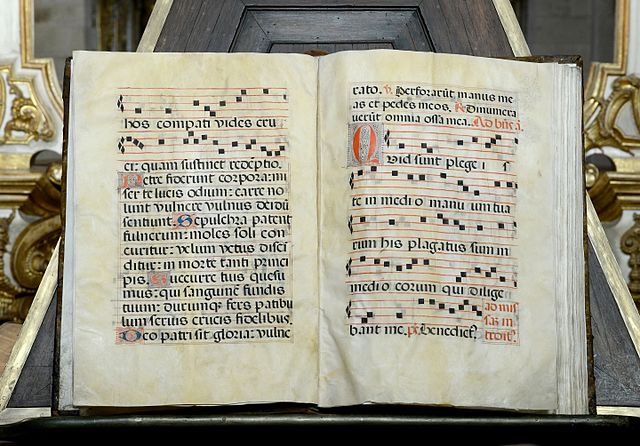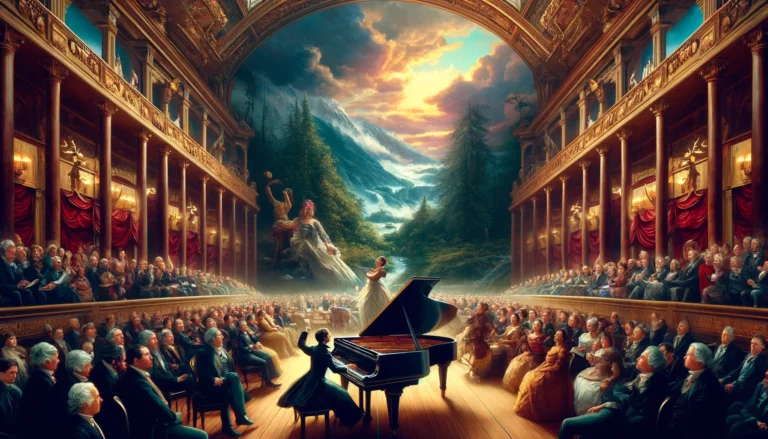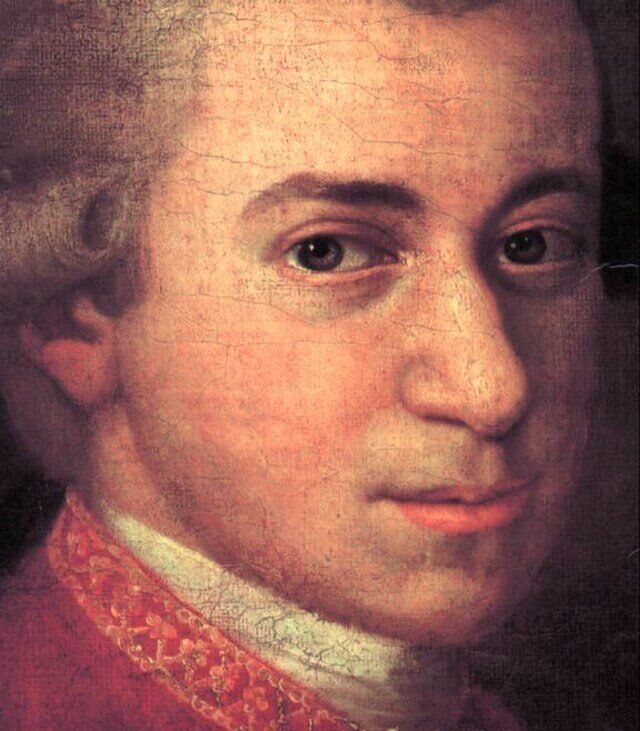Rediscovering Forgotten Composers: A Journey Through Obscure Classical Music Masters
In the vast and renowned landscape of classical music, there exists a hidden trove of composers whose brilliance has been unjustly overshadowed by the titans of the genre. These forgotten masters deserve to be unearthed, their melodies and harmonies brought back to life for a new generation of music enthusiasts.
Far too often, the classical canon focuses on the usual suspects – Beethoven, Mozart, Chopin, and the like. While their contributions are undeniably profound, there is a wealth of musical genius waiting to be rediscovered. From the intricate counterpoint of Telemann to the evocative tone poems of Smetana, these obscure composers offer a refreshing and rewarding listening experience.
By delving into the works of the forgotten, we not only expand our musical horizons but also gain a deeper appreciation for the richness and diversity of the classical tradition. These composers, once relegated to the shadows, hold the power to captivate our senses and transport us to realms of emotional resonance that the mainstream repertoire may have overlooked.
Among these hidden gems is Fanny Mendelssohn, whose remarkable compositions were long eclipsed by those of her brother, Felix. Her piano pieces and songs reveal a depth of emotion and technical mastery that merit recognition in their own right. Similarly, Joseph Bologne, Chevalier de Saint-Georges, often referred to as the “Black Mozart,” composed symphonies and concertos that dazzled 18th-century Paris but have since faded from the spotlight.
Fanny Mendelssohn (1805-1847)
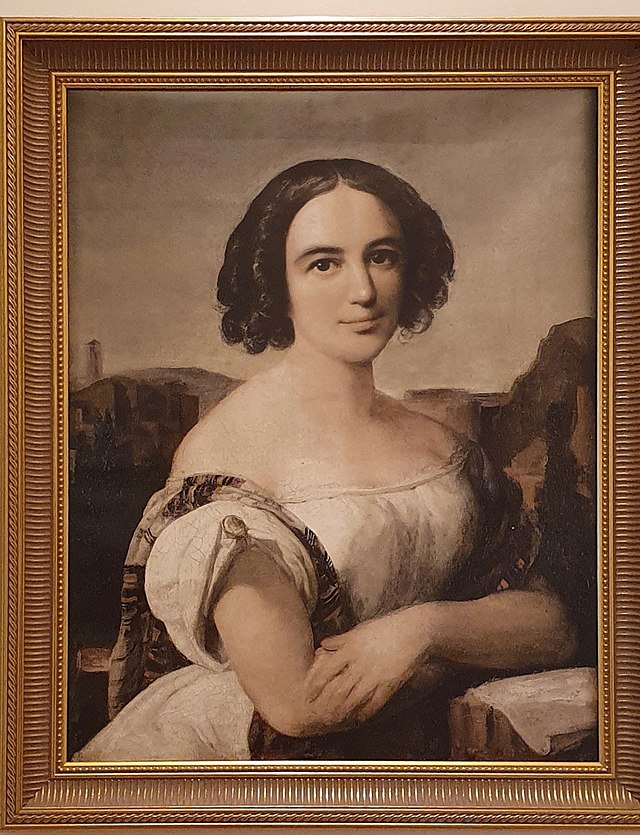
Fanny Mendelssohn, often overshadowed by her brother Felix, was a prodigious talent whose works reflect deep emotional and technical sophistication. Despite the constraints of her era, which often relegated women to secondary roles in the arts, Fanny produced an impressive array of compositions. Her Piano Trio in D minor and String Quartet in E-flat major are particularly noteworthy for their lyrical beauty and structural complexity. Her Lieder, or art songs, also showcase a keen sensitivity to poetry and an ability to convey profound emotion in a compact form.
Joseph Bologne, Chevalier de Saint-Georges (1745-1799)
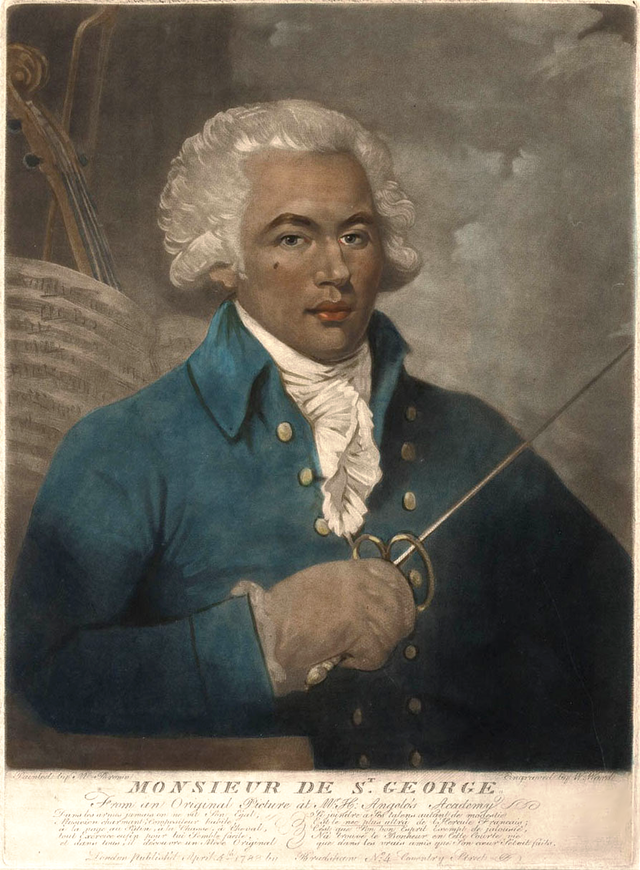
Known as the “Black Mozart,” Joseph Bologne, Chevalier de Saint-Georges, was a trailblazing composer, violinist, and conductor. Born in Guadeloupe to a French plantation owner and an African slave, Bologne rose to prominence in 18th-century Paris. His Violin Concertos and Symphonies Concertantes are marked by their elegance, rhythmic vitality, and virtuosic demands. Bologne was also an accomplished fencer and a prominent figure in the fight against slavery, adding layers of complexity to his legacy beyond music.
Amy Beach (1867-1944)
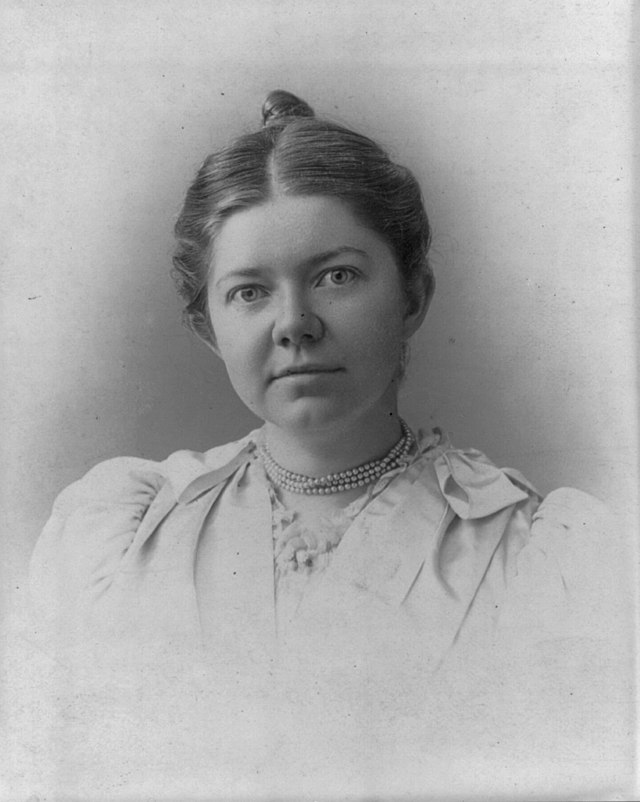
Amy Beach was a pioneering American composer whose works broke new ground for women in classical music. Her Gaelic Symphony (Symphony in E minor, Op. 32) was the first symphony composed and published by an American woman, and it stands out for its rich orchestration and incorporation of Irish folk themes. Beach’s Piano Concerto in C-sharp minor, Op. 45 is another significant work, blending Romantic expressiveness with technical brilliance. Her chamber music, such as the Piano Quintet in F-sharp minor, Op. 67, further exemplifies her innovative and emotive style.
Alexander Zemlinsky (1871-1942)
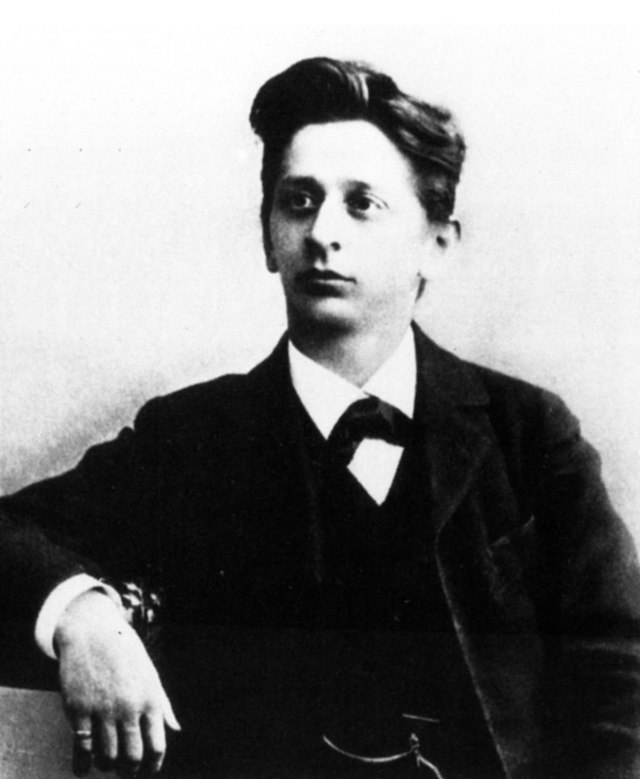
Alexander Zemlinsky, a contemporary and sometimes mentor to Arnold Schoenberg, navigated the transition from late Romanticism to early modernism. His opera Eine florentinische Tragödie (A Florentine Tragedy) and the Lyric Symphony are notable for their lush, late-Romantic harmonies and psychological depth. Zemlinsky’s music often explores themes of longing and existential struggle, using complex harmonies and innovative orchestration to evoke a wide range of emotions.
Clara Schumann (1819-1896)
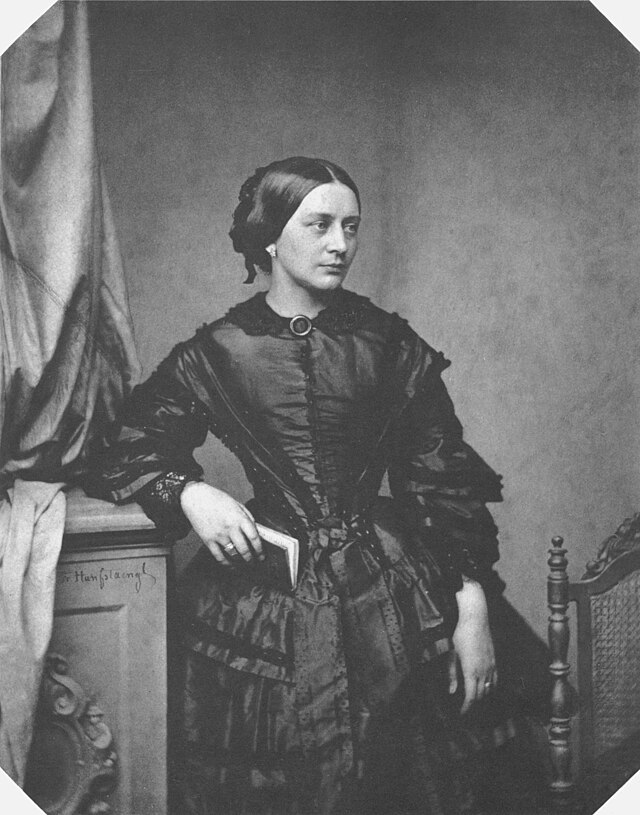
Clara Schumann, a virtuoso pianist and composer, was a central figure in 19th-century European music. Her Piano Concerto in A minor, Op. 7, composed when she was just 14, showcases her prodigious talent and deep understanding of the piano. Clara’s Romances for Violin and Piano, Op. 22 and her Piano Trio in G minor, Op. 17 reflect her lyrical sensitivity and structural precision. Despite her significant contributions, Clara’s works were often overshadowed by her husband Robert Schumann and their friend Johannes Brahms.
Louise Farrenc (1804-1875)
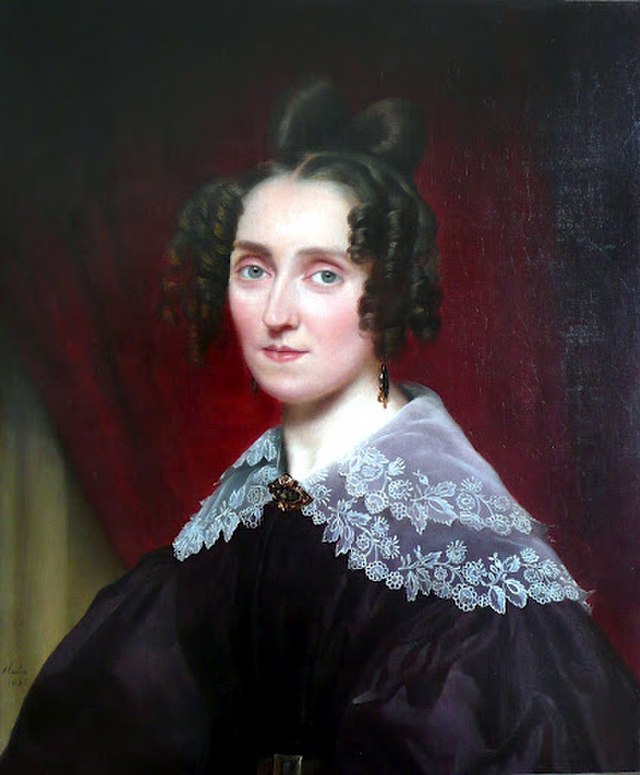
Louise Farrenc was a distinguished composer and pianist in 19th-century France, whose works were acclaimed during her lifetime but later fell into obscurity. Her three symphonies, especially the Symphony No. 3 in G minor, Op. 36, are remarkable for their thematic cohesion and dynamic contrasts. Farrenc’s Nonet in E-flat major, Op. 38 was particularly well-received, praised for its clarity and chamber-like intimacy. As a professor at the Paris Conservatoire, she also played a significant role in advocating for equal pay for women musicians.
Exploring the music of these and other overlooked composers can be an exhilarating journey. For instance, Amy Beach’s lush, Romantic symphonies and chamber works broke new ground for female composers in America. Meanwhile, the operatic and symphonic compositions of Alexander Zemlinsky offer a bridge between the late Romantic and early modernist styles, blending rich harmonies with poignant expressiveness.
The journey of rediscovery is not only about the music but also about understanding the historical and cultural contexts that led to these composers’ obscurity. Many were marginalized due to gender, race, or political circumstances, and their stories add a valuable layer to our understanding of music history.
*Featured Image: Gerhard Lampersberg 1968 beim komponieren (Privatfoto Renate Spitzner).
Austrian Composer Gerhard Lampersberg while he is composing at the famous Tonhof in Maria Saal (Privatphoto of Prof.Renate Spitzner)
Renate Spitzner1968 Creative Commons Attribution-Share Alike 3.0

